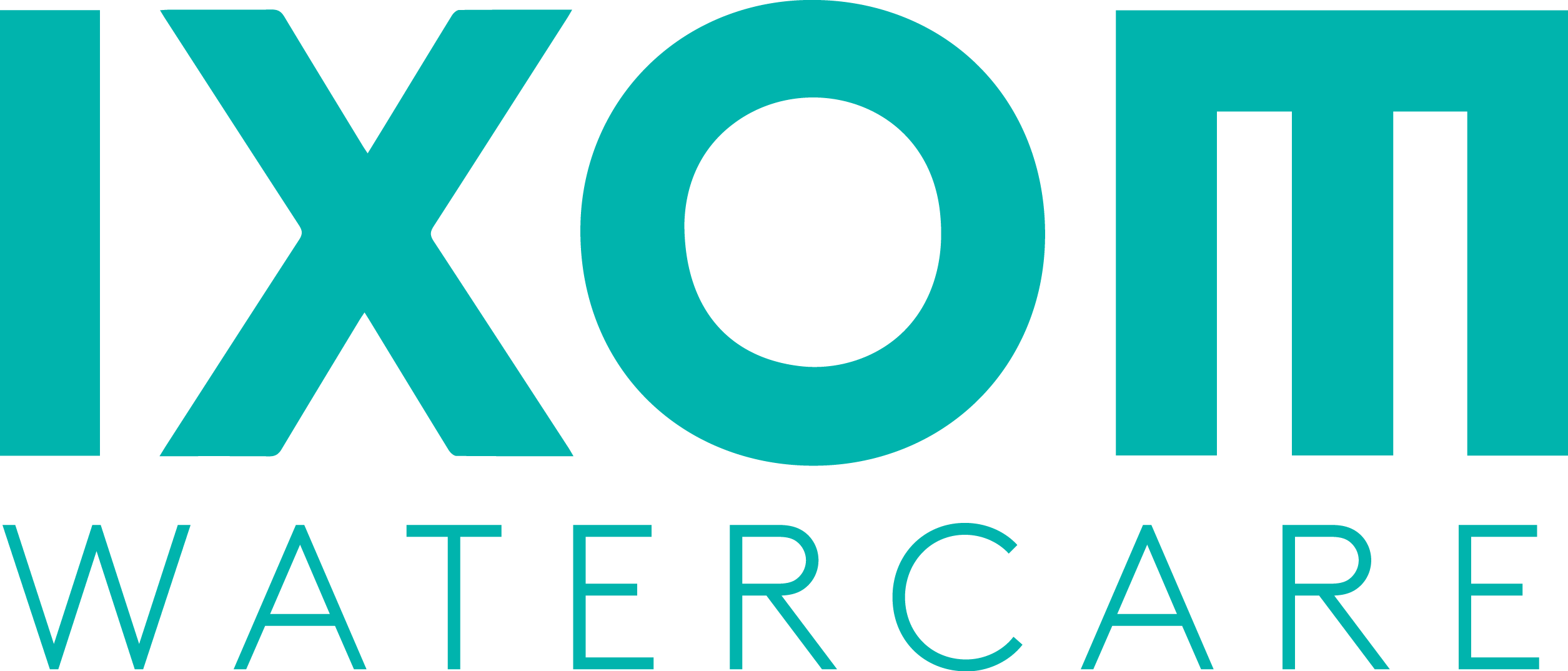Progress in Lake Restoration Science
Researching A Cyanocide "Plan B"
The media almost always gets the story wrong about effective methods to eliminate cyanobacteria blooms in lakes (otherwise known as blue-green algae or harmful algal blooms (HABs). The actual track records for the most talked-about methods are astoundingly poor, about “0 wins” vs “5000 losses” since the U.S. Clean Water Act was passed in 1970.
Usually the articles talk about controlling HABs by keeping vital nutrients out of the lake, phosphorus (P) and nitrogen (N) being the prime culprits.
But that never works.
It takes so little P or N to create a HAB plus “new" P and N constantly get into the water from runoff, atmospheric deposition, ground water infiltration, and organic decomposition & recycling within the lake.
Methods that fail virtually every time to control HABs are:
- Watershed protection (despite spending $ billions and waiting decades for results)
- Aeration (tends to bring up bottom P and make blooms worse)
- Hypolimnetic oxygenation (spotty coverage of anoxic zone)
- Alumimun sulfate applications (alum, toxic to sediment, takes P out for one day only, need constant repeating)
- Various other algaecide applications (herbicides kill almost everything, and the subsequent nutrient release fuels a new bloom a few weeks later from resting HAB spores on the sediment)
What has worked to control HABs in over 400 lakes since 2001 is SolarBee® circulation of the epilimnion which allows good algae and diatoms to outcompete cyanobacteria for nutrients. The good algae and diatoms start earlier in the spring and the circulation lets them uptake essentially all of the P and N throughout the growing season. Good algae and diatoms never get “out of control”. They are constantly cropped down by zooplankton which in turn are eaten by fish so the water stays clear all year with no HABs. But even SolarBees have had some issues in lakes that are extremely shallow and/or loaded up with P and N that it more resembles a wastewater lagoon (which is usually 20X higher than a typical lake). In those few troublesome cases where circulation needs a hand, there could be a benefit from a “Plan B”.

Plan B: That’s where cyanocides come in.
A cyanocide is usually a chemical that is applied in very light concentrations so that it kills just harmful cyanobacteria and not good green algae or diatoms. Then, with the good green algae and diatoms still surviving, the lake still has a photosynthetic pathway for the P and N to flow up the food chain. The result is that instead of having a dead lake with a flood of nutrients (which past algaecide applications created), you have a lake that stays alive while only the cyanobacteria disappear. In short, a cyanocide seems like the “Holy Grail” of lake restoration.
So we have been busy at Medora Corporation developing a cyanocide generator and dispenser system for SolarBee machines for those very rare instances where a ”Plan B” is needed. It’s too early to say how this project will turn out but I can say for sure we’re learning a lot! More to follow.
Posted By: Joel Bleth, CEO & Co-Founder of Medora Corporation
Subscribe to The Mixer
News & Views Blog!


